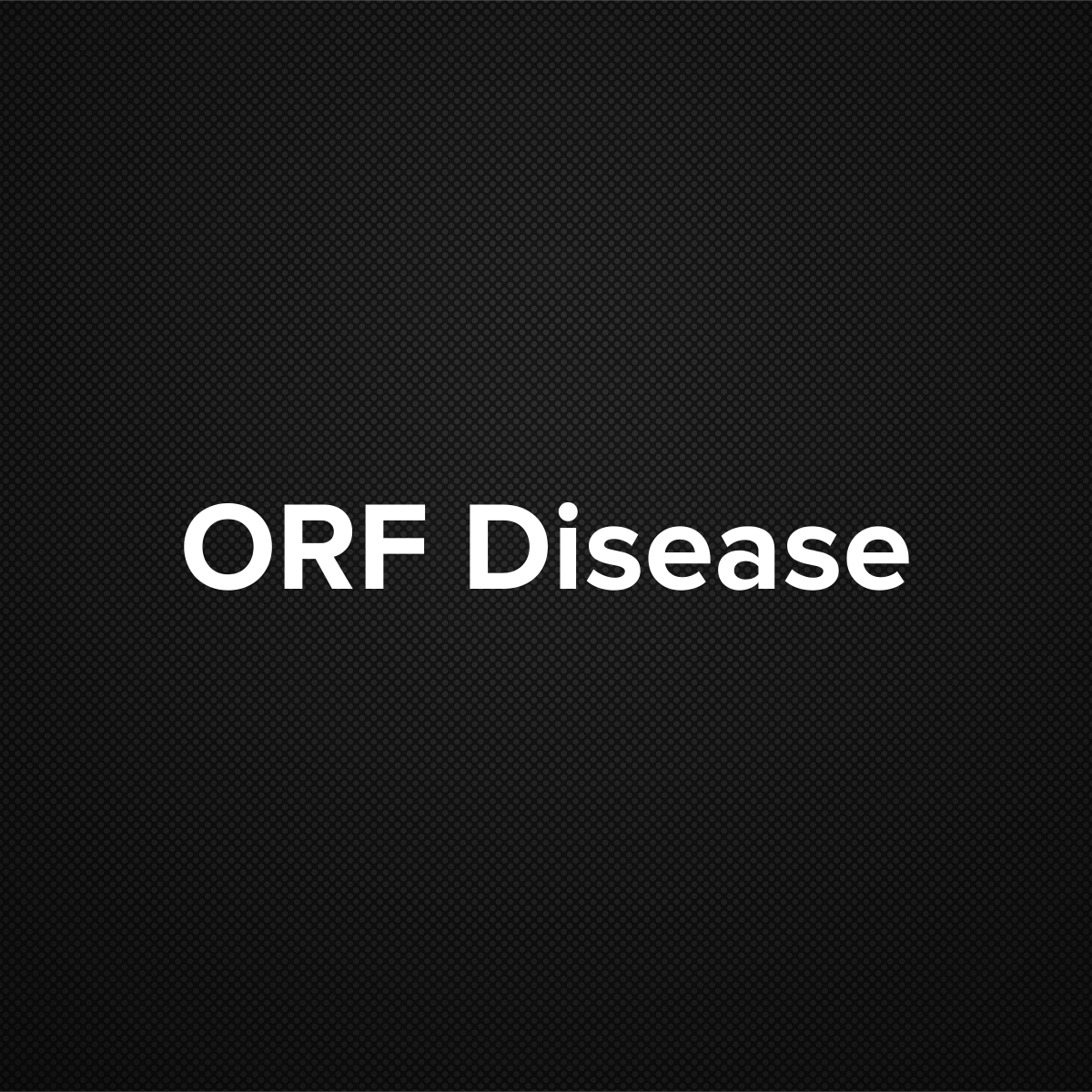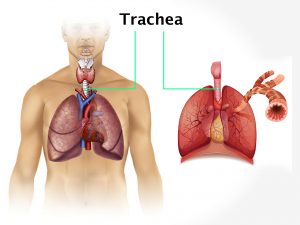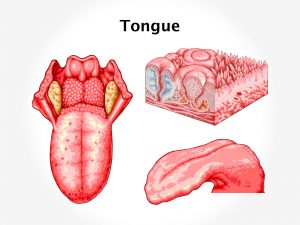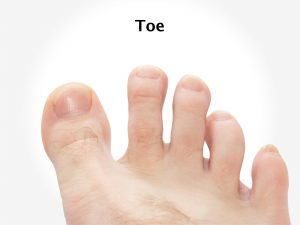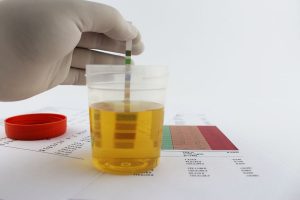Causes and risk factors
Direct contact with infected goat or sheep or with fomites containing parapoxvirus leads to Orf disease. People at risk include sheep farmers, shearers, veterinary doctors, etc.
Clinical presentation
The infection generally occurs on finger, thumb, penis, arm, and face. The skin lesions are irritable and tender. They are single or a few in number. Small, firm reddish blue lumps increase in size to form papule containing pus-like fluid. There are no systemic symptoms associated with this disease. Fever may be present. Lymph gland enlargement is common on inner side of elbow.
Investigations
Medical history by the patient and clinical examination by the dermatologist helps in diagnosis. History of patient’s lifestyle and livelihood is obtained. Microscopic study of swab from the affected area is done.
Treatment
No treatment is required for most patients as it is a self-limiting condition, but it may be harmful for persons with low immunity. Topical anti-septic dressings are done to prevent spread. Secondary bacterial infections are treated with antibiotics. Large lesions are excised.
Complications
If the eye is being infected by the Orf infection, it can cause a serious and life-threatening condition. Erythema multiforme, pemphigoid are other complications.
When to Contact a Doctor
If after a bite or coming in contact with animals, there are papules observed on the skin, one must consult a doctor.
Prevention
This disease can be prevented by use of hand gloves and protective clothing while coming in contact with the animals. Maintaining good personal hygiene is necessary.
Systems involved
Integumentary system, lymphatic system
Organs involved
Skin, lymph nodes
